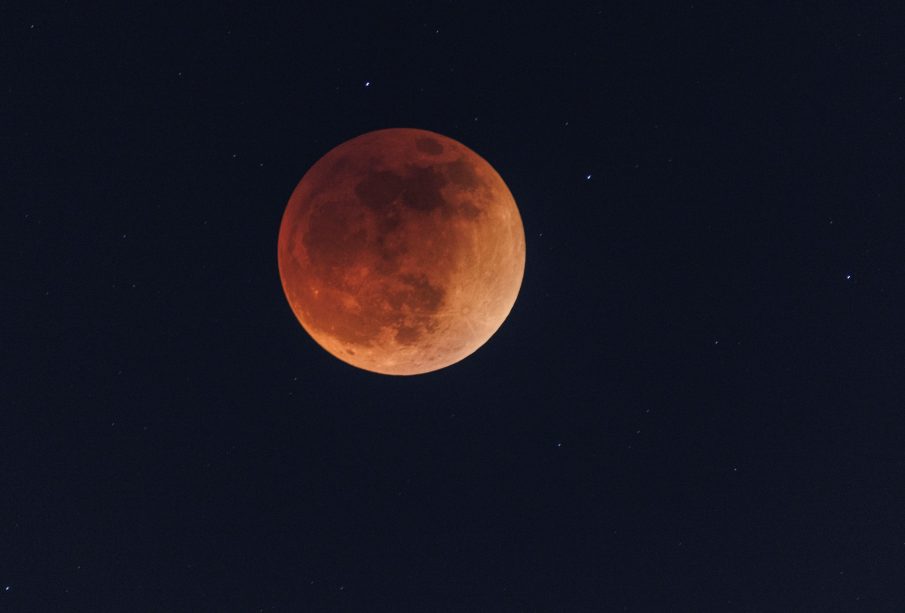The Fascinating Phenomenon of the Red Moon

Introduction to the Red Moon
The red moon phenomenon, often known as a lunar eclipse or blood moon, has captivated humanity for centuries with its striking appearance and atmospheric significance. The events, where the moon takes on a reddish hue, are not only visually stunning but also provide important insight into celestial mechanics and cultural folklore. Recent occurrences of this phenomenon have sparked renewed interest and scientific study, making it a relevant topic for both astronomy enthusiasts and the general public.
What Causes a Red Moon?
The red moon occurs during a total lunar eclipse when the Earth positions itself directly between the sun and the moon, blocking sunlight. However, some light passes through the Earth’s atmosphere, scattering and refracting as it does. This filtered light is cast onto the moon’s surface, giving it a distinctive reddish tone. This phenomenon can be observed during specific celestial alignments, with the next notable event having taken place on November 8, 2022, capturing the eyes of skywatchers globally.
Recent Events and Global Observations
The most recent blood moon was a significant astronomical event, attracting attention from many countries as observers awaited the darkening skies. Thousands took to parks, rooftops, and rural areas to get a clear view of the lunar spectacle. Notable observations were reported from North America, where the event coincided with a meteor shower, enhancing the experience for stargazers. NASA and various astronomical societies provided live coverage, highlighting the public’s growing interest in celestial events.
Significance and Cultural Impact
The red moon has always held a significant place in various cultures, often associated with folklore, myths, and superstitions. In many traditions, a blood moon is seen as a harbinger of change, signaling important shifts or omens. In modern times, it is still interpreted in various ways, ranging from spiritual awakenings to scientific discussions regarding climate change and environmental impact, considering how the Earth’s atmosphere influences such phenomena.
Conclusion: What Lies Ahead for Skywatchers
As we anticipate further astronomical events, it remains clear that the red moon serves not only as a beautiful natural display but also as a reminder of our connection to the universe. It offers an opportunity for education, sparking conversations about the sciences and inspiring awe among those who experience it. Upcoming years will feature several more lunar eclipses, ensuring that skywatchers will have opportunities to witness this awe-inspiring phenomenon again. Engaging with these events fosters a broader interest in astronomy, encouraging people to look up and appreciate the wonders of our solar system.







